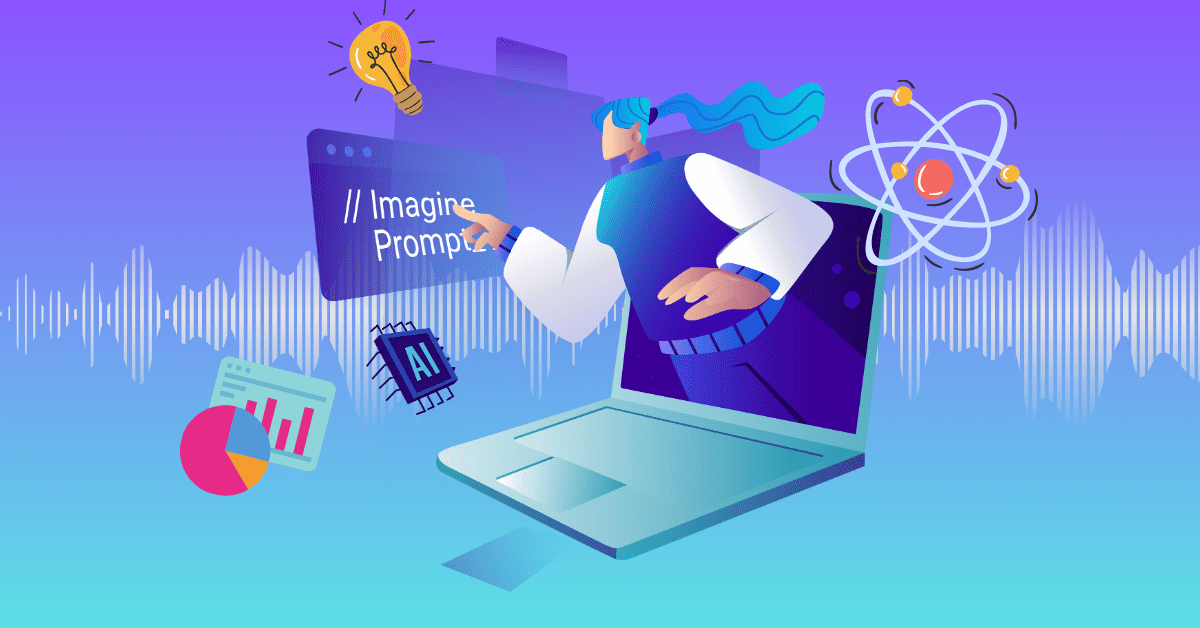Learning and development training enhances staff skills and improves job performance. Yet the actual content production is often highly inefficient, involving lengthy production and expensive equipment and teams.
But the recent rise of AI tools transforms how content is made. From voice generators to script writers and video creation, these tools translate text and speech and generate content from simple commands.
The result is a reduction in almost all manual work, leading to 90% less production time and improved production logistics. Incorporating a tool like an AI voice generator simplifies your workflow and lowers content creation and operational costs. A few best practices, from script writing to editing and subtitles, can help guide your process flow and lead to better content.
Write Engaging Scripts
Scripts provide direction, clarity, structure, and impact to your content. They are the how-to manual for content creation and are essential to crafting an organized training course. Several steps are involved in the writing process.
Plan Your Content
Planning is the backbone of successful learning and development content. A clear plan helps you identify critical skills and learning outcomes and build a course or training modules that accomplish those goals. It also helps align content with your business goals.
Start with a list of basic concepts and break them down into steps or easily-digestible blocks. Each content block should flow naturally into the next and create a narrative that’s easy to follow.
Once you establish your concepts and outcomes, decide on the format. Will you use video, or will your content be audio-based? Consider any resources you can include or create to explain or expand concepts. These might be e-books, white papers, blog posts, external links, or other videos.
Write Your Scripts
Next, write your scripts. Each content block should cover specific topics and concepts. The content should be short and to the point, and free of jargon. Use short sentences and active voice, and address the learner directly with a “you” point of view.
Include real-world examples wherever possible to foster a deeper understanding. If you get stuck, come back to your learning outcomes. What key ideas or lessons should your learners come away with?
Writing is one of the most time-consuming steps, but you can simplify and speed up the process with AI platforms. Tools like Genny’s AI writer can generate and edit scripts in a fraction of the time it takes to write them yourself.
Specifically, Genny integrates with the AI language model ChatGPT4. Plug in your script guidelines, and watch it generate usable content.
Edit Scripts
Once your scripts are ready, review and edit them. If you use an AI writer, check that the content is accurate and adjust for tone, style, and length. Cut any redundancies or awkward phrases.
Then, read it out loud. It should be professional and simple enough for most learners to understand. If you stumble on sentences or words, adjust for easier reading. Revise and refine it again until it’s ready for audio.
Generate Your Voiceover
The next step is to turn your script from an idea to an experience using voiceover. The right voice is essential for your audience. A robotic narrator puts your audience to sleep, and the wrong pacing is hard to understand. On the other hand, a calm, confident, and steady voice creates an effortless learning experience. Since you want your audio to be professional and engaging, you can play around with emotion and inflection to strike the right balance.
If your brand personality is cheeky, you might use a playful voice occasionally or experiment with language. Or you might feature several narrators to add variety and simulate conversations or additional educators. AI tools can help you create this type of audio without hiring voice actors.
Use an AI Voice Generator
Content creation was once complicated with expensive cameras, microphones, editing software, and production staff. AI technology has transformed not only workflows but also timelines and budgets. You no longer need to spend weeks or months in the creation stage.
Instead, you can 10x your time to publish with an AI voice generator. Simply copy and paste your script into the platform or upload a text file, choose a voice, and hit generate. The platform automatically creates a voiceover file.
With Genny by LOVO AI, you can choose between a voiceover or video project. The video option doesn’t film projects but allows you to add voiceover to an existing video file. If you want to completely transform your process, skip in-house filming and use an AI video generator.
Review and edit
After you generate your audio or video file, set it aside for a few hours or days. Then come back to it and review and edit with fresh eyes and ears.
Check for inconsistencies, repetitive language, confusing content, mispronounced words, pacing, and sound quality. Use the AI voice generator features to adjust the voice pitch, add emphasis, and adjust speed and pauses.
If the generator mispronounces words or brand names, adjust the spelling in your script. Spell out words as they sound and regenerate the file. Keep editing until your voiceover is natural and comfortable to follow.
Add Subtitles
Audio or video captioning and subtitles make your content accessible to more learners. However, subtitle tools can simplify the process and save considerable time.
Subtitle for Accessibility
About 15% of Americans over age 18 have trouble hearing. That means your audience will struggle with your content at some point. Not only that, learning styles vary considerably, and some of your audience may learn better by reading rather than listening.
Reports also suggest that people prefer to watch videos in public and private with the sound off. They’re more likely to watch and complete a video if it has subtitles. Using subtitles opens your content to more people and increases your watch time, leading to better results.
Simplify With Auto-subtitling
Creating subtitles is another lengthy part of content creation, but there’s no need to do it manually. Instead, simplify the process with auto-subtitling technology. Upload your video or audio file and process it. Then review the subtitles and edit for accuracy.
Once you’ve finished all these steps, you’re ready to send your content to the world. Upload your finished audio or video file to your content platform and hit publish.
Create Better Content With LOVO AI
Genny by LOVO AI is an AI voice generator with powerful yet easy-to-use functions. Choose from hundreds of natural human voices that express over 25 emotions and make your content come alive. Create standalone voiceover files or dub your videos in 90% less time. Start now for free


